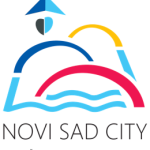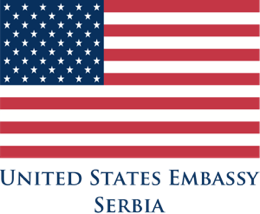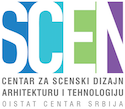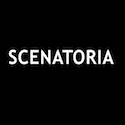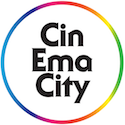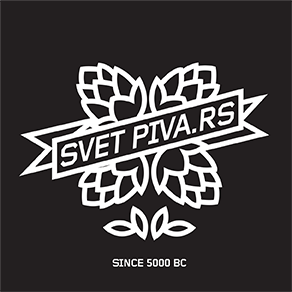Summit of professionals from the region completes the Festival: Public spaces belongs to all citizens

The regional symposium “City Public Space – Cultural Use” was held last Saturday at Brod Theatre of Novi Sad’s Students’ Cultural Center, as part of the accompanying program of this year’s Street Musicians Festival. The themes initiated shed light on the good and bad practices in public space – space that belongs to all citizens – with which this symposium expanded on the Festival’s main idea about revitalizing the Suburbium of Petrovaradin Fortress.
The symposium “City Public Space – Cultural Use” was organized by the Association Suburbium from Petrovaradin, which, through its multi-disciplinary activities spanning since 2002, directs attention to the Suburbium and the 18th century heritage surrendered to devastation, by promoting it at regional and European cultural heritage summits. The goal of the symposium was to initiate the topic of defining public space, its ownership, (in)active citizens, valorization of street spectacle content, the relationship between content and space, about artistic interventions in environments significant for architectural heritage, as well as the social dimension connected to the public as part of the local community. Part of the solution, but also numerous new questions were heard from the participants of the symposium, who arrived to the summit from all across the region. Yet, they all reached a single conclusion: everything is in our hands, all that is required is to initiate change and work together on resolving the problems!
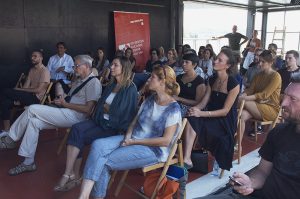
Darko Reba from Novi Sad’s Faculty of Technical Sciences – Department of Architecture, motivated by the analysis of several comparative examples from other European cities raised the question why good ideas could not be implemented on the Suburbium of Petrovaradin Fortress as well, i.e. on our other cities. Rijeka’s Ivana Golob Mihić from the Center for Industrial Heritage and Ema Aničić from the City’s Museum, presented three projects regarding revitalization of their industrial heritage: the complex of the former sugar factory and its re-purposing as a museum and library, the restoration of Tito’s former ship “Galeb” (Eng. Seagull) from Yugoslavia’s Navy, and its re-development into a museum, as well, and, finally, the restoration of dockyard warehouses and setting up a torpedo exhibition in the railway warehouses.
Based on examples from the capital of Macedonia – Skopje, Nikola Pisarov from the Center of Contemporary Art, made a critical reflection on the project “Skopje 2014”, which was realized without any public debate, and according to which an entire square kilometer of the city’s green space was first destroyed to make room for 20 new buildings, together with over 250 sculptures. The correlation between the two fortresses, the one in Osijek and one in Petrovaradin, but strictly from an architectural point of view, was presented by Zlatko Uzelac from Zagreb’s Institute for Art History, together with an insight into the restored space in front of Osijek’s Fortress, which received a renewed canal, restored lunettes and new public benches, thus, becoming not just a public space for leisure activities, but also a space for various public events.
Dragana Vasiljević Tomić, from the Faculty of Architecture in Belgrade, spoke on the little known phenomenon in our country of color in architecture, while examples of cross-citizen activities in public space was presented by Tatjana Rajić, a member of one of the region’s most prominent non-governmental organizations – “Expeditio” from Kotor. Mia David from the Department of Architecture at the Faculty of Technical Sciences in Novi Sad, by presenting the project she tasked her students with, about the intervention in Belgrade’s public spaces which are connected to the 50th BITEF Festival, raised some important questions – what is public space, who does it belong to and in what measure can it “create” active citizens?
Jošt Derlink from the renowned European non-governmental organization “prostoRož”, which explores urban public space and its significance for the local population, as well as society in general, presented the Library of Stuff, which instead of books offers people a rental of sports equipment, home appliances, tools, toys… The main goal of the library is to enable people the rental of “stuff” they would normally buy, and in that way provides them with an opportunity to conserve both money and space. Katarina Dajč and Miljena Vučković from the ever more active and visible organization Scenatoria from Petrovaradin, elaborated on the idea of connecting the invisible architectural heritage turning to the example of Petrovaradin Fortress and its demolished parts via performance art as the main instrument, as part of the project “Tvrđava od papira” (Eng. Fortress Made of Paper).
Photo: Kaća Lazukić Ljubinković






